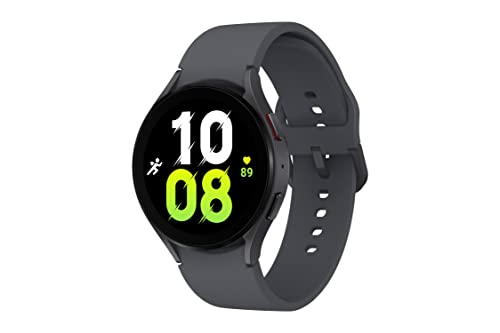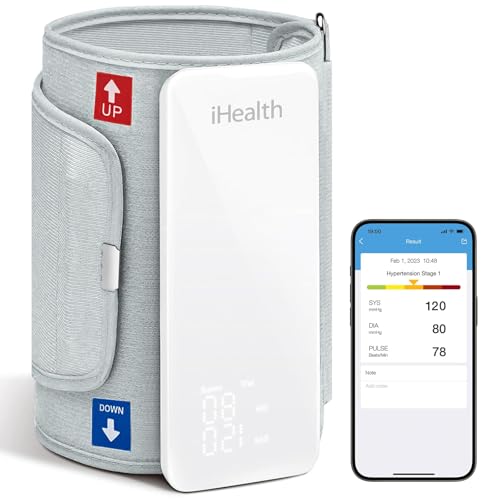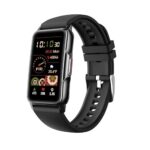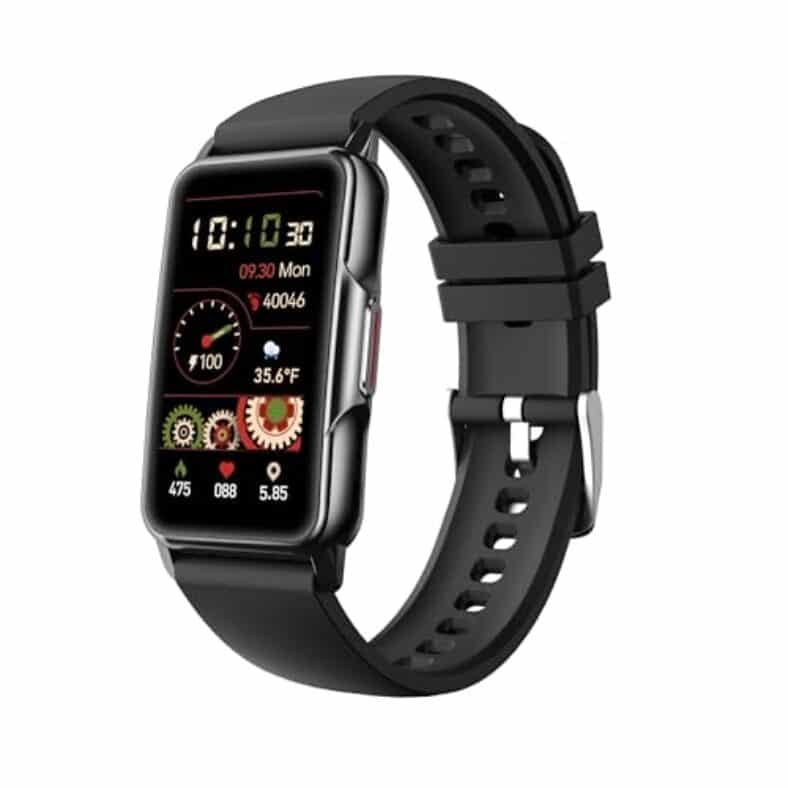Understanding Wearable Heart Monitors
Wearable heart monitors have become increasingly popular not only among fitness enthusiasts but also among those seeking to maintain or improve their overall cardiovascular health. These devices are designed to track and analyze heart-related metrics in real time, providing users with valuable insights into their heart health.
What Are Wearable Heart Monitors?
Wearable heart monitors are electronic devices that can be worn on the body to measure heart rate, monitor heart rhythms, and sometimes perform additional cardiac assessments. They are equipped with sensors that collect data which can be displayed directly on the device or synced to a smartphone app for further analysis.
These devices are particularly valued for their convenience and accessibility. They allow for continuous monitoring without the need for cumbersome equipment or frequent visits to healthcare providers.
How Do Wearable Heart Monitors Function?
Wearable heart monitors use various technologies to gather heart data:
Types of Wearable Heart Monitors
Wearable heart monitors come in various forms, each with its own set of features and functionalities. Below are the primary categories:
1. Smartwatches
Smartwatches combine heart monitoring with a wide range of additional features, such as notifications, GPS, and fitness tracking. Some popular models include:
2. Fitness Bands
Fitness bands are typically more affordable and focused specifically on health tracking. For instance:
3. Specialized Medical Devices
For those with specific health conditions or those requiring more detailed cardiac monitoring, specialized medical devices are available, such as:
Role in Tracking Heart Rate, ECG, and Other Cardiovascular Metrics
Wearable heart monitors play a crucial role in personal health management. Here’s how they assist in monitoring various cardiovascular metrics:
Key Benefits of Wearable Heart Monitors
Wearable heart monitors offer numerous benefits, which include:
Comparison Table of Popular Wearable Heart Monitors
| Device Name | Type | Key Features | Price Range |
|---|---|---|---|
| Apple Watch Series 8 | Smartwatch | ECG, heart rate monitoring, fitness tracking | $399 – $749 |
| Samsung Galaxy Watch5 | Smartwatch | ECG, stress tracking, workouts | $279 – $329 |
| Fitbit Charge 5 | Fitness Band | Heart rate monitoring, stress management, sleep tracking | $179.95 |
| KardiaMobile 6L | Medical Device | ECG recording, mobile app integration, real-time analysis | $99.99 |
| Garmin Forerunner 245 | Smartwatch | Advanced heart rate metrics, training status | $349.99 |
| Xiaomi Mi Band 6 | Fitness Band | Budget-friendly, heart rate and sleep tracking | $44.99 |
In today’s health-conscious society, wearable heart monitors provide a bridge between fitness and medical care, empowering users to keep tabs on an invaluable aspect of their health effectively and efficiently. Whether you are a casual user looking to maintain heart health or an athlete striving to enhance performance, there’s a wearable heart monitor solution available tailored to your needs.


Potential Risks of Wearable Heart Monitors
Wearable heart monitors have gained immense popularity for tracking cardiovascular health and providing users with real-time data about their heart rates. However, as with any technology, they come with certain risks that users should consider before incorporating them into their daily routines. Below, we explore some of these risks, focusing on data privacy concerns, accuracy of the readings, over-reliance on technology, and potential physical discomfort or skin irritation.
Data Privacy Concerns
One of the most pressing issues surrounding wearable heart monitors is data privacy. These devices collect sensitive personal health information, and if mishandled, this data could lead to breaches of privacy.
Examples and Implications:
What Users Should Consider:
Accuracy of the Readings
Wearable heart monitors often claim to provide accurate heart rate readings, but that accuracy can vary widely among different models and brands. Inaccurate readings could lead to misunderstandings about one’s cardiac health.
Examples of Variability in Accuracy:
Impact on Health Decisions:
Potential for Over-Reliance on Technology
As users increasingly rely on wearable heart monitors, there arises the risk of over-dependence on technology for health decisions.
The Dangers of Over-Reliance:
Recommendations:
Physical Discomfort or Skin Irritation
Another important risk associated with wearing heart monitors is the possibility of physical discomfort or skin irritation from prolonged wear.
Common Issues and Examples:
Managing Physical Discomfort:
Tips for Use:
By thoroughly understanding these potential risks associated with wearable heart monitors, users can make informed choices about their cardiovascular health. Naming specific brands and products helps highlight these issues in a more realistic context, adding depth to the discussion around the technology that has become a staple in everyday health monitoring.


Regulatory and Security Considerations
As wearable health technologies continue to gain popularity, understanding the regulatory landscape and data security issues becomes increasingly essential. This section examines the guidelines set forth by regulatory bodies, the challenges surrounding data security, and emphasizes why users should choose reputable brands and understand user agreements.
The Regulatory Landscape for Wearable Health Technology
Wearable devices, such as fitness trackers and health monitors, often require compliance with regulations set by governing bodies like the U.S. Food and Drug Administration (FDA). These regulations serve to ensure that devices are safe, effective, and accurate for consumers.
FDA Approvals and Guidelines
The FDA categorizes wearable health technologies based on their intended use, which dictates whether they require premarket approval. Here are the primary categories:
- Class I Devices: Generally considered low-risk, these devices usually don’t require premarket approval. Examples include basic pedometers and heart rate monitors.
- Class II Devices: These moderate-risk devices, such as the Fitbit Charge 5, often require FDA clearance. Manufacturers must submit data demonstrating the device’s safety and effectiveness.
- Class III Devices: High-risk devices that are life-sustaining or life-supporting, such as implantable devices, require rigorous testing and FDA approval before they can be marketed.
Notable FDA Cleared Wearable Devices
Guidelines for Safe Wearable Devices
To guide manufacturers in ensuring device safety, the FDA outlines several best practices, including:
Data Security Issues Related to Personal Health Information
Wearable devices collect sensitive personal health information (PHI), raising significant data security concerns. It’s crucial to understand how this data is stored, shared, and protected.
Data Storage and Transmission
Data Sharing Practices
Brands often share data with third parties for various reasons, including research, advertising, or improving their services. Understanding these practices is essential for users.
Key Points on Data Sharing:
Protecting Personal Health Information
Preventative measures users can take include:
The Importance of Using Reputable Brands
Choosing a reputable brand is crucial for ensuring data security and device reliability. Established companies typically have protocols to address potential security risks and comply with regulatory standards.
Trusted Wearable Brands
Understanding User Agreements
Before using any wearable device, take the time to read and understand the user agreements. Knowing what you’re consenting to regarding data collection, sharing, and usage policies protects your privacy.
Practical Example: The Fitbit Charge 5 vs. Apple Watch Series 7
| Feature | Fitbit Charge 5 | Apple Watch Series 7 |
|---|---|---|
| FDA Clearance | Yes (for some health features) | Yes (ECG & AFib detection) |
| Data Encryption | AES-256 encryption | End-to-end encryption |
| Data Sharing | Requires user consent | Clearly defined third-party partnerships |
| Security Features | Strong password protection & 2FA | Strong password protection & 2FA |
| User Agreements | Transparent about data sharing | Transparent about data sharing |
Understanding these regulatory and security considerations helps consumers make informed decisions about wearable health technology, ultimately leading to safer and more reliable usage. By choosing trusted brands and being proactive regarding data security, users can navigate this evolving landscape with confidence.
Assessing the Safety and Limitations of Wearable Heart Monitors
In conclusion, while wearable heart monitors offer valuable insights into an individual’s cardiovascular health, it is crucial to be aware of the associated risks. Privacy concerns, data accuracy issues, and potential over-reliance on technology were highlighted as significant factors that users must consider. To make an informed decision, individuals should conduct thorough research tailored to their personal health needs and consult with healthcare professionals if necessary. Ultimately, a balanced approach to using wearable heart monitors can enhance health awareness while minimizing potential drawbacks.



Leave a Reply